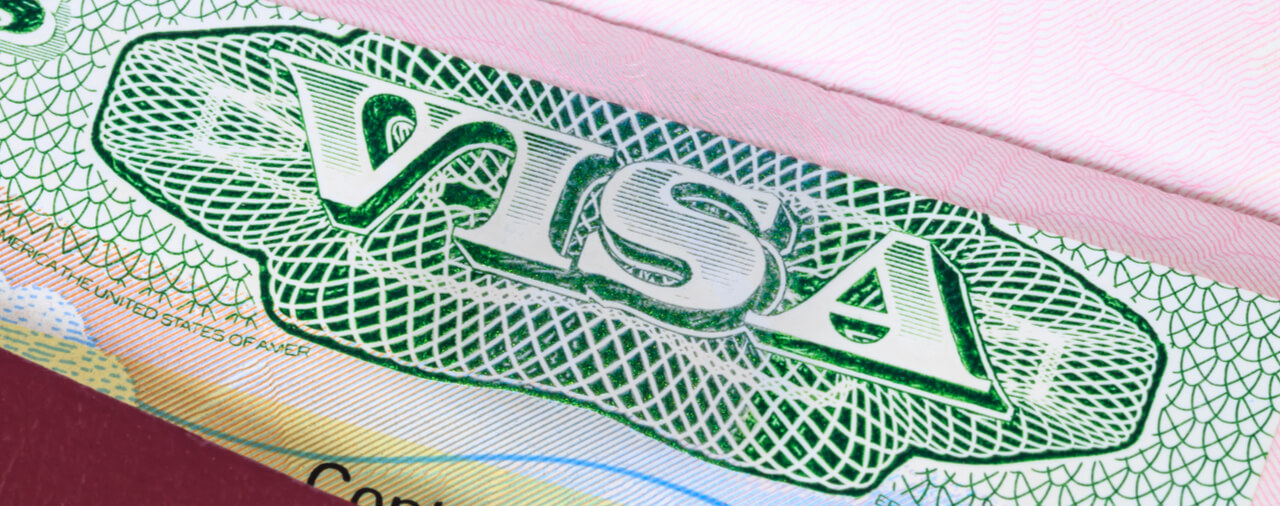Adjustment of Status And Visa Retrogression

Visa Availability
Congress has limited the number of immigrant visas that can be issued in any given year. If a family member or employer has petitioned you to receive an immigrant visa (i.e. sponsored you to immigrate to the United States), and you belong to a visa category to which Congress has limited the number of visas that can be issued annually, you will likely be required to wait a number of years for an immigrant visa to be available. Determining when an immigrant visa will be available is not an exact science as visa availability fluctuates monthly; while visa availability may move forward each month it also may jump, stall, or even regress. You can find updated information on visa availability here.
Visa priority retrogression
When a family member or employer files an immigrant visa petition on your behalf, you are essentially placed on a waiting list for an immigrant visa. Where you stand on this waiting list is assessed by your priority date. The priority date is either the date when your family member filed the immigrant visa petition on your behalf with U.S. Citizenship and Immigration Services or your employer filed the application for labor certification (“PERM”) with the U.S. Department of Labor. If you are physically present in the United States when your priority date becomes current (i.e. an immigrant visa is available to you), you may be able to seek adjustment of status to a lawful permanent resident. To seek adjustment status to a permanent resident while in the United States, an immigrant visa must be available to you both at the time of filing the Form I-485, Application to Register Permanent Residence or Adjust Status and at the time of adjudication. However, what happens to your application for adjustment of status when immigrant visa numbers regress after you properly file Form I-485, Application to Register Permanent Residence or Adjust Status?
Adjustment of status and visa priority retrogression
U.S. Citizenship and Immigration Services has issued guidance to local field offices on how to adjudicate family-based and employment-based adjustment of status cases where immigrant visa numbers have regressed while the application was being considered. In handling applications for adjustment of status where immigrant visa numbers have regressed, U.S. Citizenship and Immigration Services local field offices are required to undertake the following steps:
1. Conduct the adjustment of status interview;
2. Confirm all security and background checks are completed;
3. Make sure the applicant has satisfied all the eligibility and documentary requirements;
4. Resolve any issues related to the application either during the adjustment of status interview or by issuance of a Request for Evidence (RFE);
5. Deny the adjustment of status application, if warranted under applicable law;
6. Where the applicant appears eligible for adjustment of status to a lawful permanent resident, the interviewing officer should determine whether a visa number is available; and
7. If no visa number is available, the interviewing officer should return the file either to the National Benefits Center if the underlying immigrant visa is family-based or the Texas Service Center if the underlying immigrant visa is employment-based.
The National Benefits Center or Texas Service Center will retain the file and monitor immigrant visa availability. While awaiting an immigrant visa, both the National Benefits Center and Texas Service Center will verify the applicant continues to be eligible for adjustment of status as well as ensure all required security and background checks are current at the time of adjustment of status. Once the Department of State allocates an immigrant visa number, the National Benefits Center or Texas Service Center will complete adjudication of the Form I-485, Application to Register Permanent Residence or Adjust Status.
Remaining in the USA when visa priority retrogresses
Where immigrant visa availability regresses after you properly file the Form I-485, Application to Register Permanent Residence or Adjust Status, you will be allowed to remain in the United States until such time that a visa number becomes available if U.S. Citizenship and Immigration Services believes you are eligible for adjustment of status. You also are eligible for interim benefits such as an employment authorization document (EAD) and advance parole at the discretion of U.S. Citizenship and Immigration Services. These benefits will allow you to legally work in the United States as well as travel outside the United States and return while you await a visa number. However, it is important to keep in mind that visa number regression will not delay the denial of your Form I-485, Application to Register Permanent Residence or Adjust Status if you are ineligible for adjustment of status on other grounds (i.e. inadmissibility due to criminal convictions, fraud or material misrepresentation, security grounds, public charge, etc.).
Reference: USCIS Guidance Memo dated December 15, 2010 [PDF version].